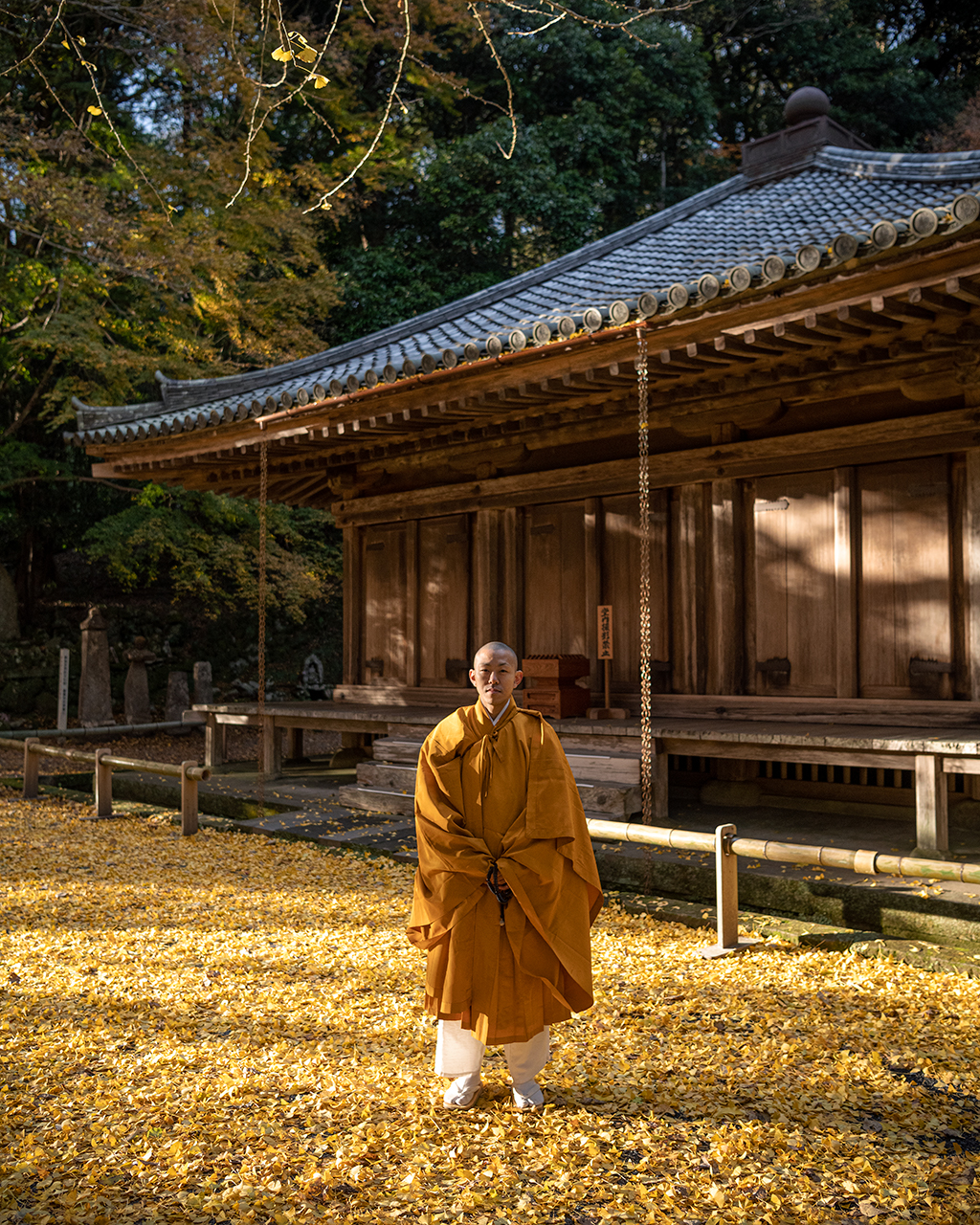
Situated in Oita Prefecture on the northeastern tip of Kyushu – the third-largest of Japan’s five main islands – the Kunisaki Peninsula is a peaceful landscape steeped in religious belief and tradition. With foothills covered in towering forests of cypress, cedar and bamboo, interspersed with lacelike Japanese maple and delicate gingko trees, and valleys that are home to lush rice paddies, rural villages and centuries-old Buddhist temples and Shinto shrines, this is where the unique syncretism of the two religions, called Shinbutsu-shugo, began over 1,300 years ago.
Mount Futago dominates the region, which is located a two-hour train ride from the bustling commercial centre of Fukuoka, and keeps a watchful eye over the sacred land. It’s home to a growing number of passionate people who thrive amid the area’s unique focus on spirituality. These individuals have found their ikigai – “reason for being” – and commit their lives to preserving local culture and cuisine, injecting energy into an otherwise ageing rural community.
“Enveloped in the veil of nature, I am already aged. Delighting in the cool breeze, the cry of the crane and the billowing white clouds” – Miura Baien, an eminent 18th-century scholar from Kunisaki Peninsula
The opportunity to discover more about this community and the spirit of ikigai comes via Walk Japan, the boutique travel outfit specialising in off-the-beaten-path tours. From one remote ryokan (traditional Japanese inn) to another, this particular five-day tour leads visitors through Kunisaki’s mysterious forests and picturesque countryside in an exploration of Japan’s spiritual heartland.
In the small rural village of Bungotakada, brisk mountain winds carry a hypnotic chanting through the swaying leaves and empty streets. It is the temple’s afternoon prayers. Inside, the inner sanctum glows with soft light casting golden hues on the statues of the Buddha, and even bouncing off the saffron robe of the praying monk. His prayers concluded, he turns around to welcome his visitors. He is unexpectedly young and emanates a quiet yet positive energy.
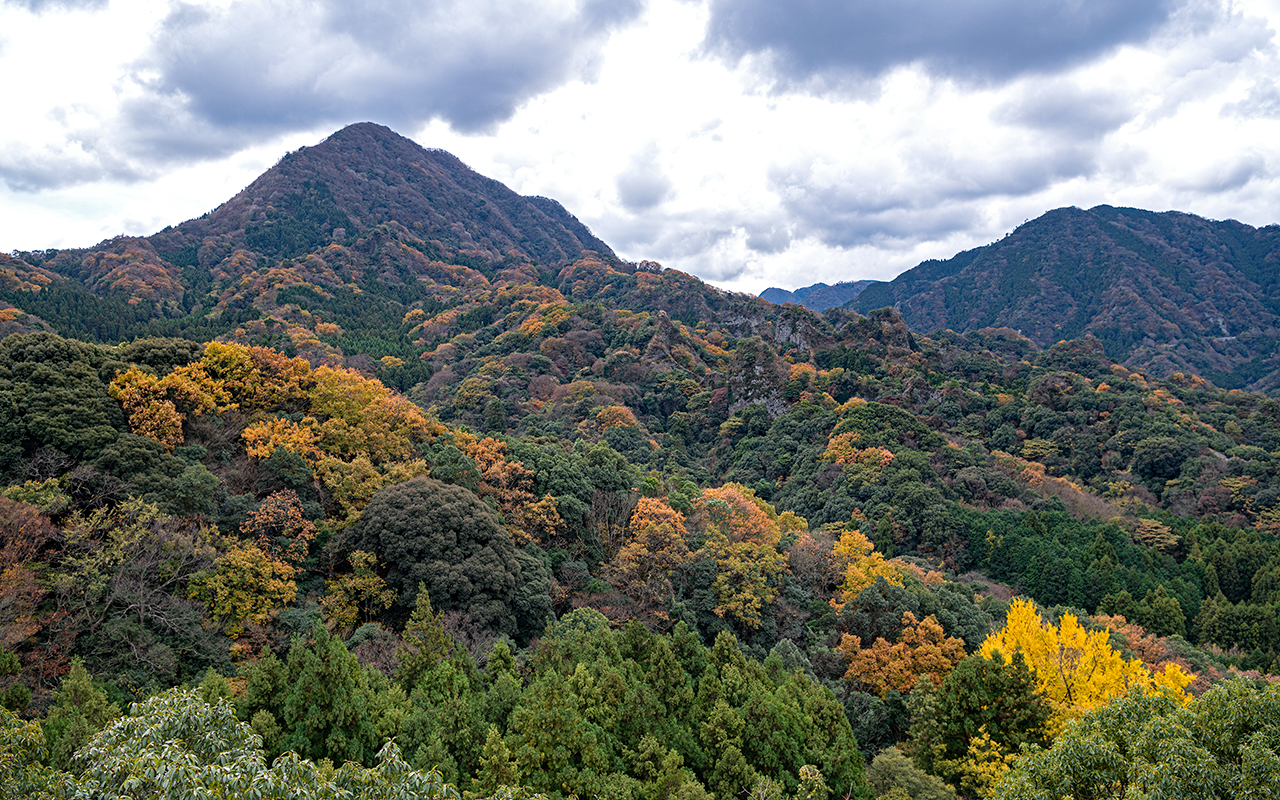
“Twenty years ago, there were three times more people coming to visit the Kunisaki area, and then it started to decline,” shares Junyu Kono, the 39-year-old vice abbot of the historic Fukiji, one of the many sacred sites that dot the peninsula. The stoic-looking third-generation monk pads silently through the surrounding moss-covered stupas, while patiently sharing the temple’s history.
Once the private Buddhist sanctuary of the main Shinto priest of the 8th-century Usa shrine, the temple is emblematic of the symbiosis of the two religions. Fukiji was abandoned in the early 20th century, and battered by decades of neglect and disrepair before Kono’s grandfather then took over after World War II. Today, covered in a blanket of golden gingko leaves, the 900-year-old wooden structure stands proudly.
“Here, there are very tight-knit relations with the people in the community”
“We are fortunate that this temple garners a lot of visitors for its beauty, but there are many smaller, more isolated temples that suffer, where monks need a secondary job in order to keep the temple,” he adds. Indeed, visitor numbers to many temples in the area have declined, due in part to the increasing depopulation of the surrounding rural areas and the waning interest in spiritual practice among the young.
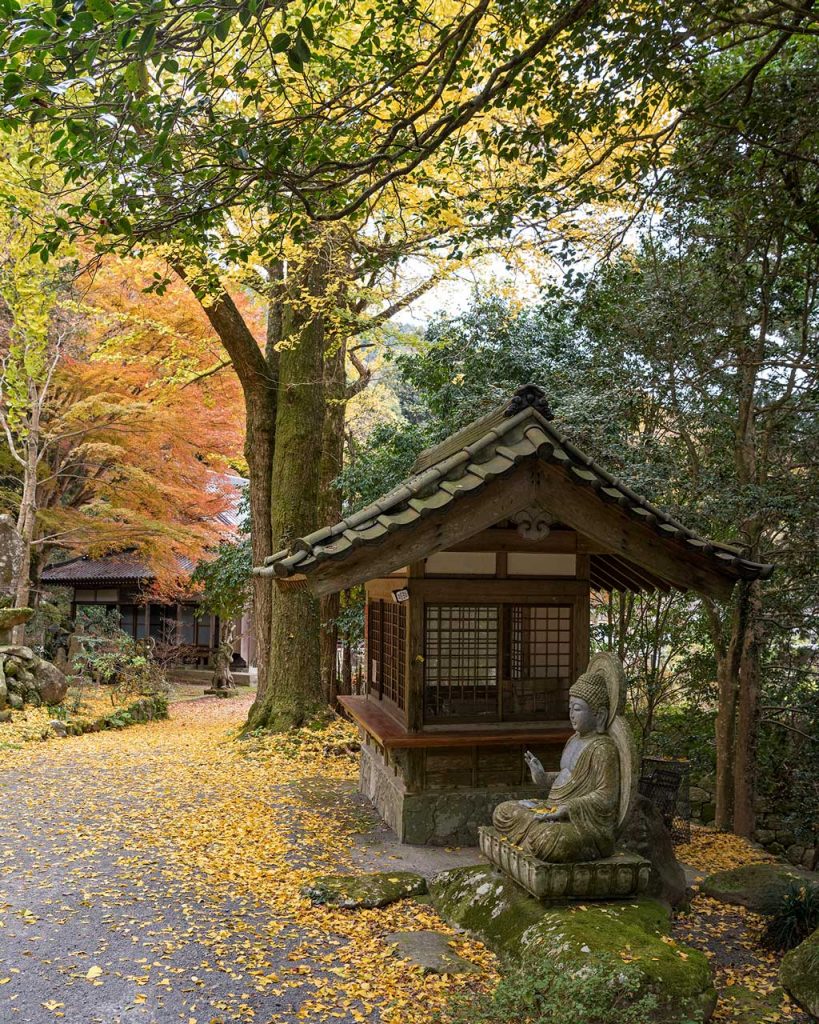
A two-hour walk away, up gentle slopes and through cypress forests, is Choanji, where the 83-year-old Setsuko Matsumoto, widow of the late abbot, has been maintaining the house of worship for over 60 years. Her son is a dentist during the week and a monk on weekends. “I’ve been a monk’s wife for as long as I can remember,” laughs the jovial senior citizen. “When my husband died, things became extremely difficult. A few years ago, we had to replace the roof, we barely had any funds for repair. The community came to help and the stock market paid for the rest!”
Indeed, since the advent of technology and improved connectivity in the area, Matsumoto has been an avid investor in the stock market, using her earnings to keep the charming temple alive. Another important source of support is the rising trend of temple tourism, one that people like Kono and his contemporaries have been working to develop.
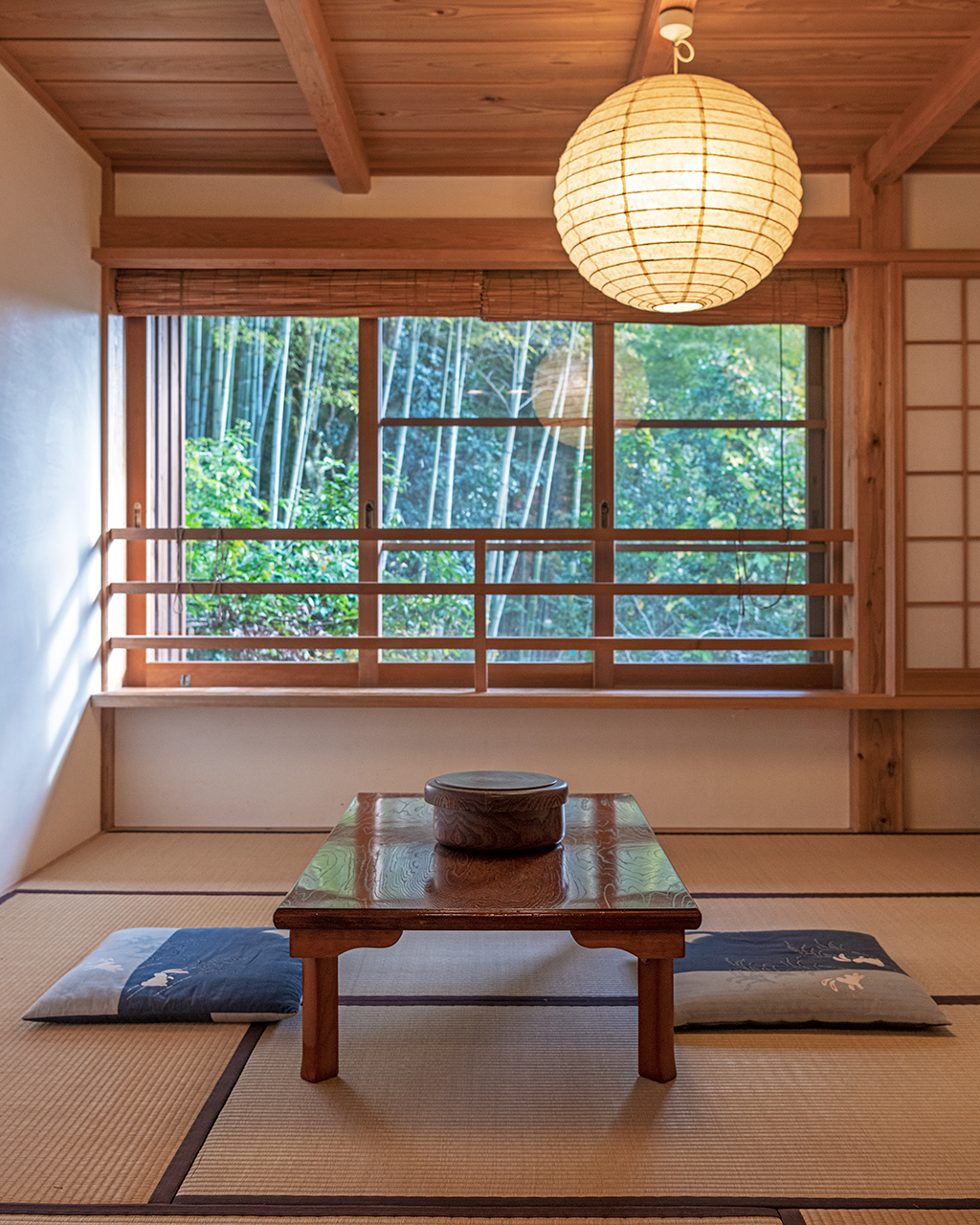
“We’ve all had to think more creatively,” Kono explains, back at his family-run Fukinotou ryokan, which sits beside Fukiji. “The younger monks and I often get together and discuss the future of our temple culture and how we can promote it – something which our predecessors never had to do.”
However, Kono has another passion – cooking. He discovered this during his training as a monk, and now his freshly made soba, which he serves to guests at his ryokan, features in the Michelin Guide. “I had to partake in shojin ryori, the typical meals of a monk,” he shares. Roughly translated as “food of devotion”, the vegetarian meals are meticulously prepared and meant to be austere but nourishing. “When I prepare food for the guests, I love to think about where they are from and what they might like and create something special for them.”
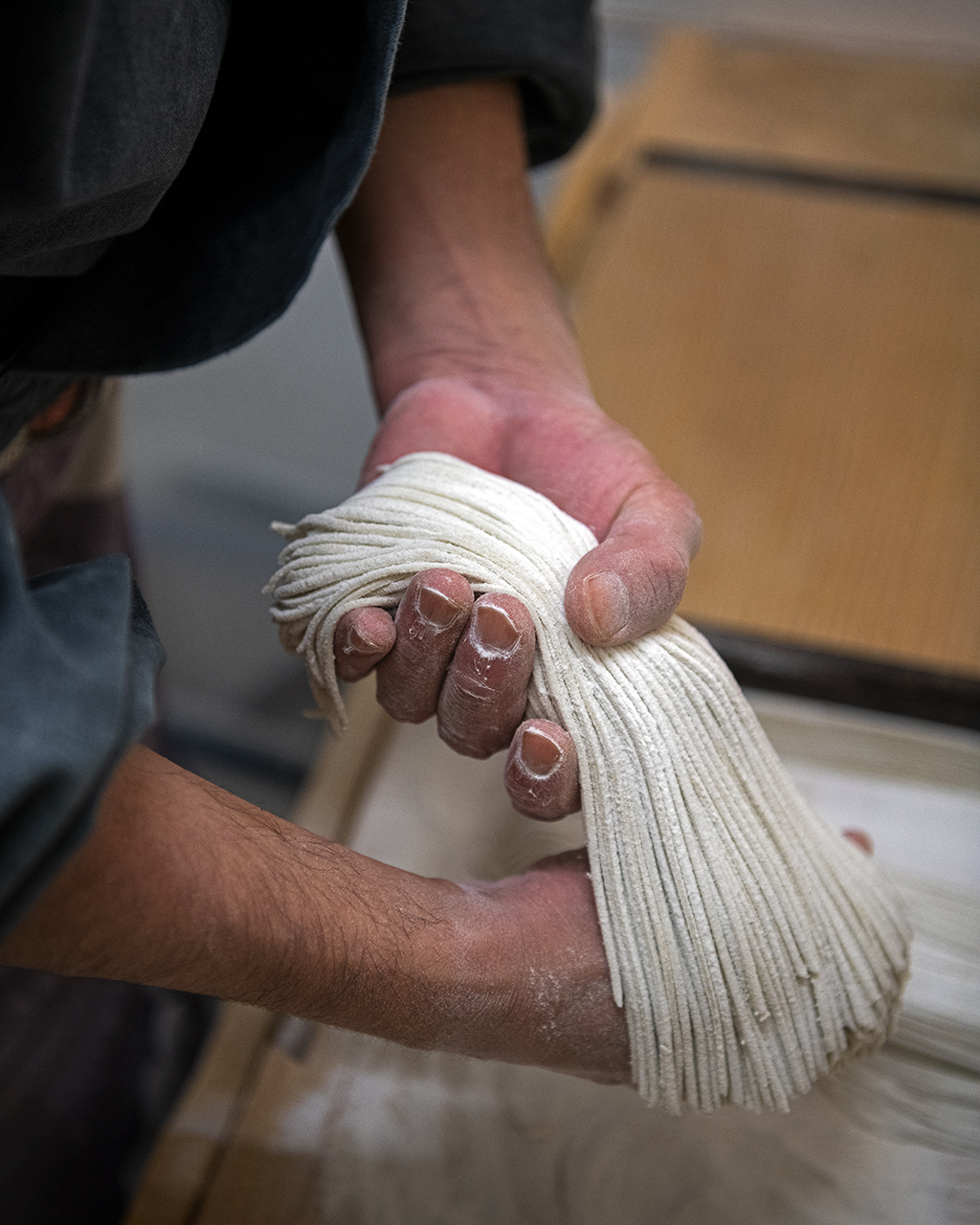
Not just for monks, the peninsula’s abundant fresh produce and seafood creates an ideal environment for people like Shinobu and Junya Murakami. The hipster, toothy-grinned couple seem almost out of place in the small village of Otaono, where they live and run a vegetarian café called Mameno-monya. An Oita native, 42-year-old Shinobu had been living in Tokyo for about a decade, working in an administrative role for eight years before deciding to pursue a career in cooking. She moved back to her home prefecture two years ago. Her husband, 30-year-old Junya, a bass guitarist from Tokyo, came along to help her pursue her dream.
“We found this old house in a system called Open House Bank where people put up deteriorating homes for sale at a very low price,” Shinobu says. “When we first stepped in, we felt the spirit of the former inhabitant, an old lady who loved to nourish and nurture her family and friends. We immediately thought that this should be the driving principle behind our café – to bring people together.”
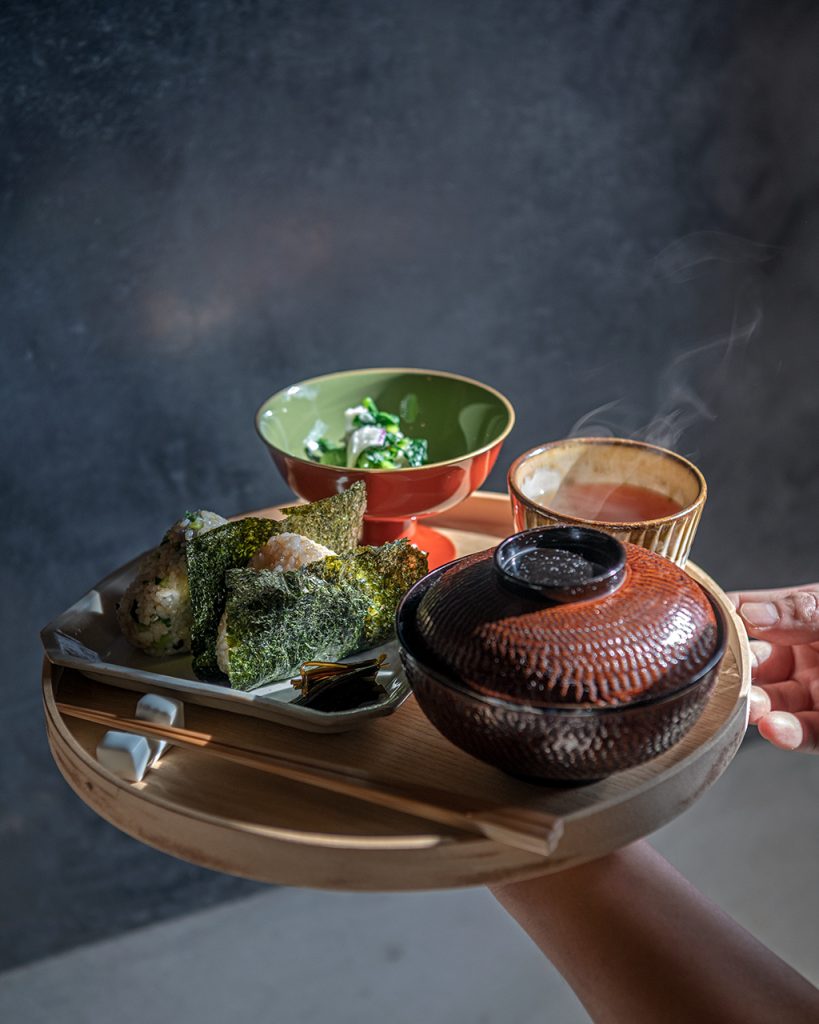
Running a café in what could be called “the middle of nowhere” may seem counterintuitive, but the couple welcomes the challenge. “Because the whole community is ageing, just being the only young people here is a very big help,” Shinobu says. “We assist in clearing the fields, participate in festivals and essentially are extra manpower. In turn, they visit our café and support our business.” Sourcing ingredients from the area’s farms also helps provide extra income for the locals.
Besides the Murakamis, other young people have followed suit, moving away from the fast-paced big cities and settling down in the countryside. “I grew up in Fukuoka where there are a lot of people but not a lot of communication,” shares Isaak Watanabe, a 22-year-old half-Swedish and half-Japanese shiitake farmer and part-time Walk Japan guide. “But here, there are very tight-knit relations with the people in the community and a deep connection with nature. I love how satoyama is still very evident.” Literally meaning “village” (sato) and “hills” (yama) – indicating the border between agricultural land and the foothills of the mountains – this is an agro-forestry system in which the forests are as integral to rural life as farms.
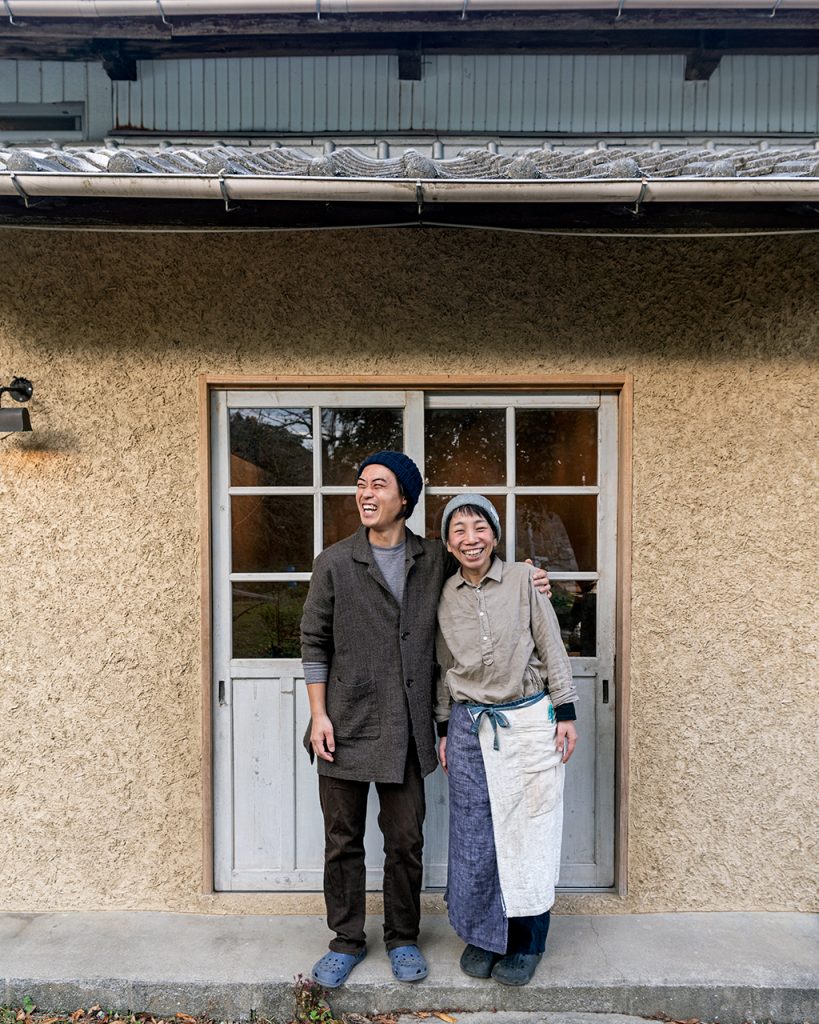
Known for the production of shiitake mushrooms, the peninsula’s forests provide the sawtooth oak logs necessary for the sporing of the fungus. Walking through the farmhouses and neighbouring trails of Ota, one can see these shiitake logs at the fringes of the woods, awaiting harvest season for up to two years. These practices would slowly die if not for people like Junya, Shinobu and Watanabe who aid the elderly farmers. “What I love about being here is that you get this wisdom from older people,” Junya explains. “Making everything new and modern is not always the solution; sometimes you have to step back and take in their wisdom, and merge it with the new culture to move forward.”
For the eccentric and energetic 72-year-old Seizuo Nakano, a fifth-generation sake brewer from the well-preserved, historic shogun town of Kitsuki whom we meet on an afternoon excursion on the tour, there is no other way to do business. “Many rice sellers from all over Japan come here to court me, but we only use the yamada nishiki rice from the local region,” he says. “I choose my farmers yearly and speak to them directly. If the farmer has a good heart, then it will combine with my heart and we can make good sake.”
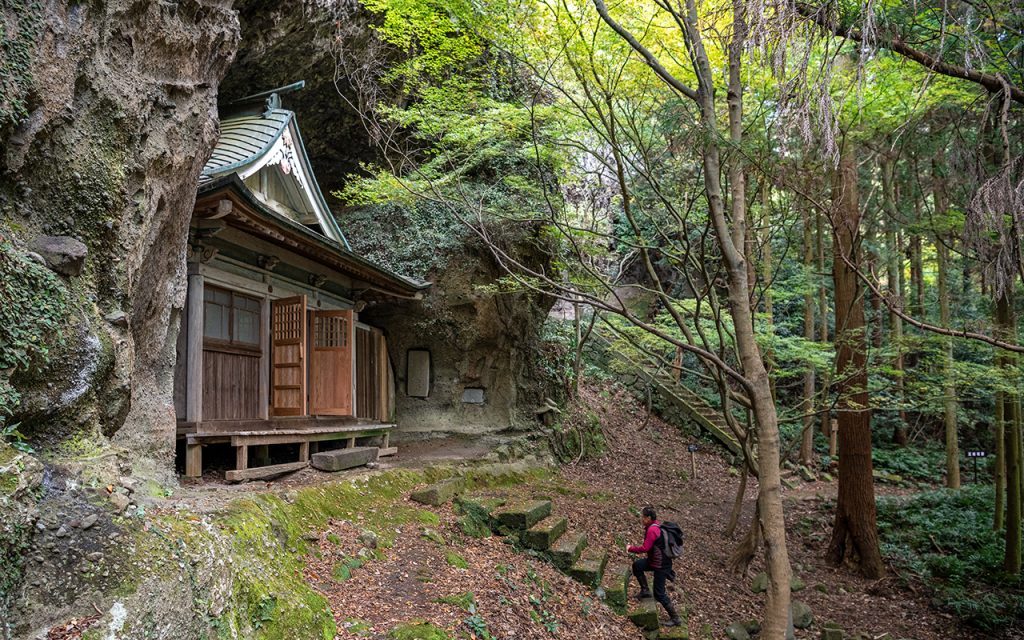
Formed from large conical volcanoes, the valleys of Kunisaki are marked by thousand-year-old rice paddies and abundant natural springs. Mostly known for its onsens (public hot spring baths), the region also has excellent drinking water sources. “We get our water from a source that is 200 metres deep, a combination of ocean and mountain water,” Nakano shares with pride.
The brewery dates all the way back to 1875, and while steel vats have replaced the ancient wooden ones, nothing much else has changed since then. Classical music wafts through the musty space, believed by Nakano to be helpful in keeping the yeasts and moulds necessary for fermentation calm and peaceful. “Only Mozart! Maybe some Chopin, but definitely no Beethoven or Beatles,” he says. When asked how he would describe the perfect sake, he replies, “There is no perfect formula, and ultimately no perfect sake. Everything comes from the heart, and that’s what makes good sake.”
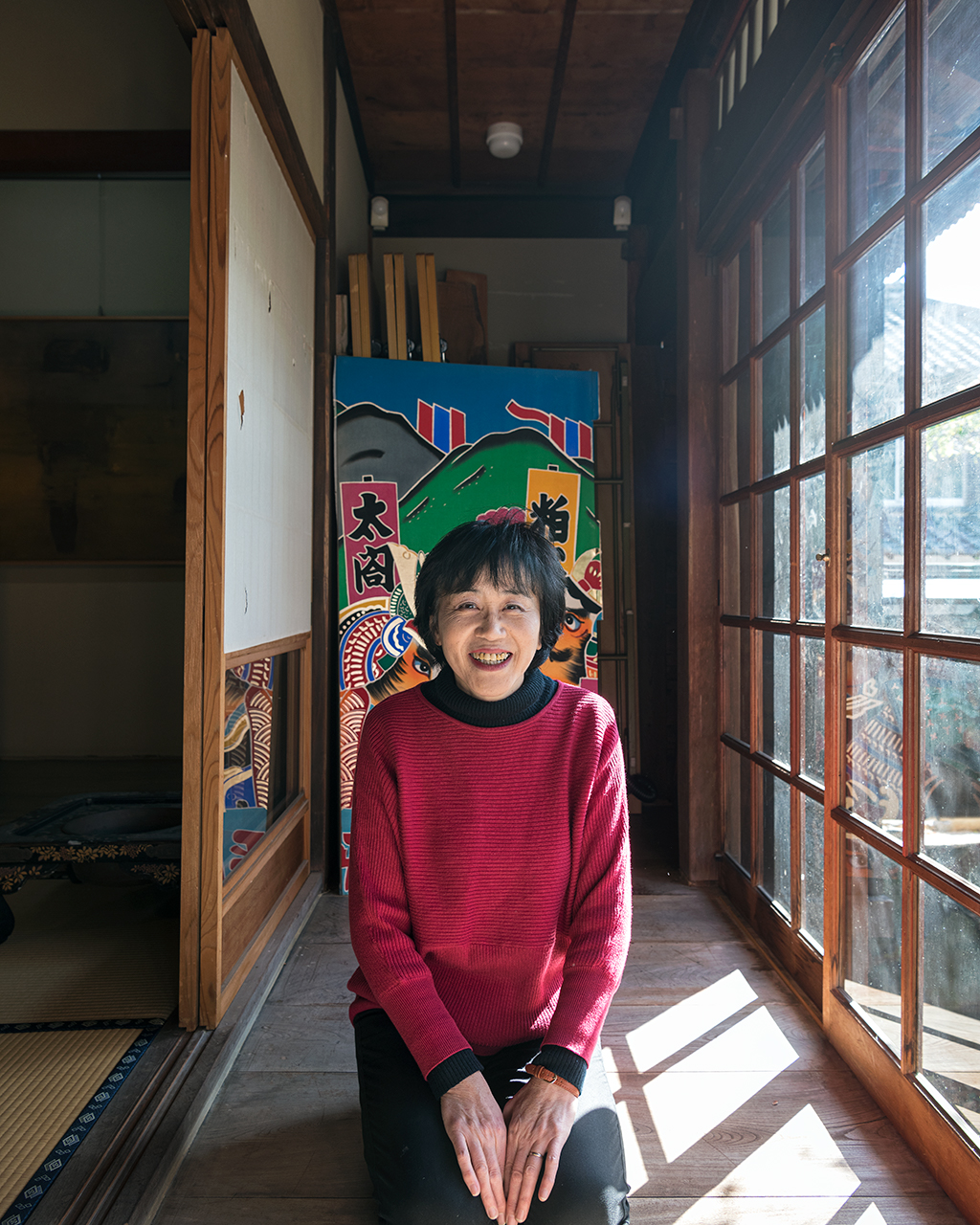
In the nearby village of Kunimi, in a former sake brewery named Tourinryo, lives Konomi Wada. The soft-spoken sixty-something with a welcoming smile has dedicated her life to the art of restoring paper scrolls and creating folding byobu screens. “I have always lived here. My grandfather built this structure and eventually when my parents passed I took over and with my children continue our craft here,” Wada explains.
As the soft autumn light darts in and out of the rustling leaves in Wada’s impressive rock garden, casting dancing shadows across the ground and stones, one can’t help but feel the truth in her statement: “I feel the energy in these rocks, they’ve seen so much history. I love how people here are so connected with the esoteric, and it transcends into my work.”
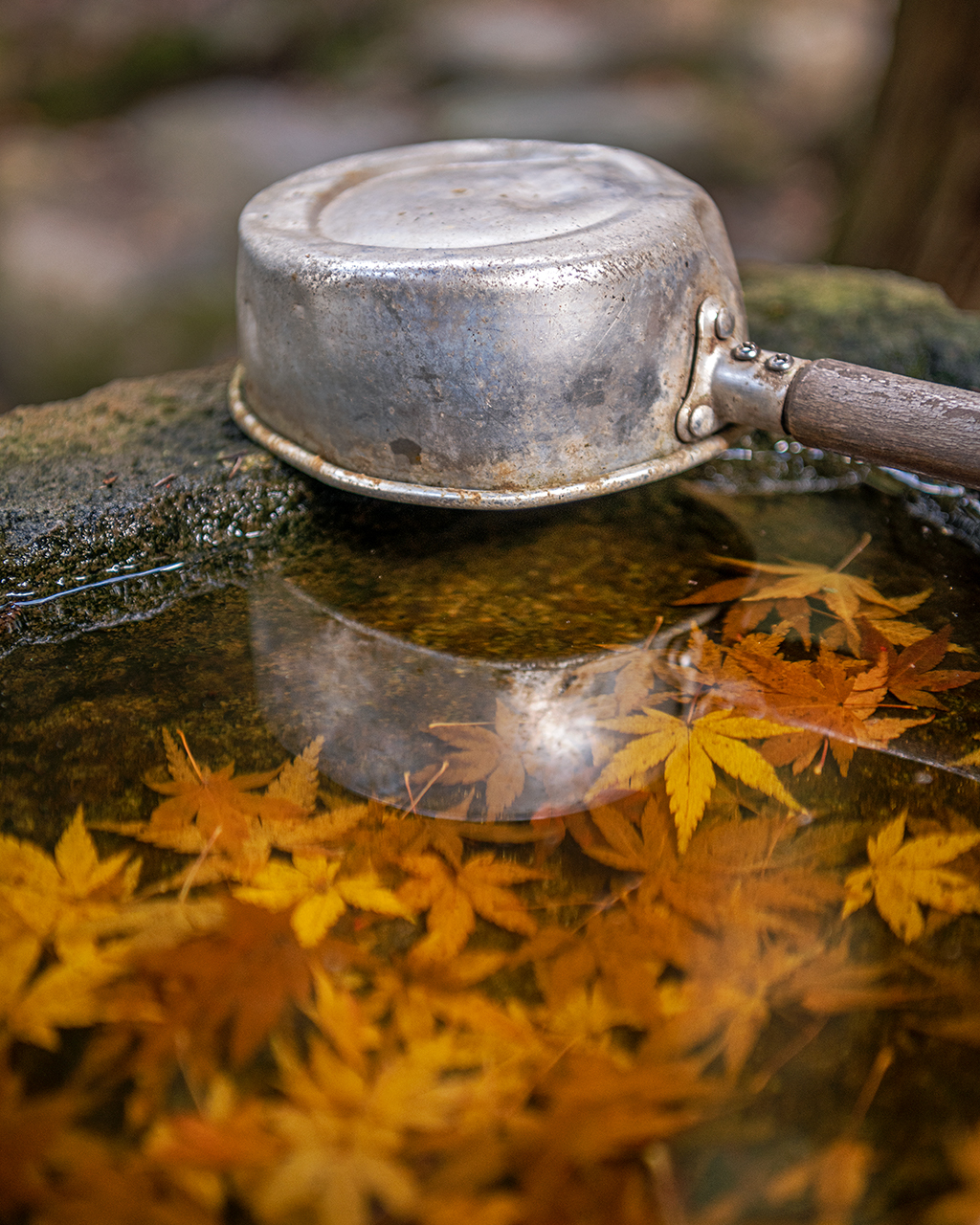
Laid out on a low table in a tatami-lined atelier is a 600-year-old scroll depicting the death of the Buddha. Wada has been labouring on its restoration for the past six months. The work consists of gluing miniscule pieces of washi paper over torn areas, then colouring them in to blend with the rest of the artwork. “It takes patience and dedication. “I light incense whenever I work on these ancient and religious scrolls,” she says. “It’s like a form of prayer for me. And much like when I’m in Kunisaki’s extraordinary nature, I feel the sacred presence… This, this is my ikigai.”
Explore the country with Walk Japan
Beginning at Hakata Station in Fukuoka, the Kunisaki and Yufuin Walk takes you from the onsen village of Yamaga to the charming town of Yufuin. The five-day, four-night tour is a fully guided, leisurely walk that explores the religious sites, quaint villages and dense forests the region has to offer. Wind down each evening in a traditional ryokan, plunge into an onsen and indulge in kaiseki meals featuring stunning local produce. A pioneer in walking tours of Japan, the independent travel company offers intimate access to Japanese culture through a variety of treks across the archipelago. For more information, visit walkjapan.com.
Singapore Airlines flies to Fukuoka daily. To book a flight, visit singaporeair.com
SEE ALSO: 7 local foods to try in Fukuoka
This article was originally published in the March 2020 issue of SilverKris magazine
The post Meet the spirited residents of Japan’s storied Kunisaki Peninsula appeared first on SilverKris.
from SilverKris
No comments:
Post a Comment